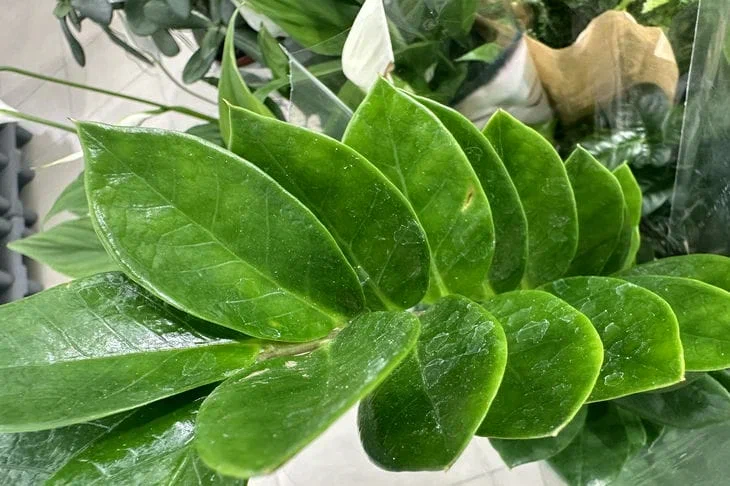Surely you have heard something about the correct neighborhood of plants in the beds. The same rule applies to your windowsill.
You arrange the flowers to make them look pretty, but some of them hate being next to each other.
Mistakes of flower growers
For example, geranium releases phytoncides that suppress ferns and violets.

And cacti placed next to tropical plants suffer from excess moisture.
There are also more dangerous combinations: monstera and ficus benjamina compete for space, their roots and leaves suppress each other.
If you place a pot of mint next to a petunia, the latter will begin to wither due to the aggressive essential oils.
Another enemy is drafts
Heat-loving orchids and anthuriums wither near open windows, while succulents and cacti, on the contrary, love air movement.
Do not place pots with violets near a radiator - dry air will dry out their delicate leaves.
And if you have a cat, put away dieffenbachia and euphorbia - their juice is poisonous to animals. Replace them with safe chlorophytum or peperomia.
Light is life, but not for everyone
Variegated crotons and ficuses require bright, diffused light, while ferns and sansevierias tolerate shade.
If the leaves turn pale and stretch out, move the plant closer to the window. But do not put it directly under direct rays - the foliage will get burned.
Acclimate to light gradually, shading with tulle or parchment. For shade-loving plants, use phytolamps with a red and blue spectrum - they imitate natural light.
Watering should also be individual
Drought-tolerant succulents die from frequent watering, and calatheas and ferns require moisture every day.
Use a moisture indicator or a simple trick: stick a wooden stick into the soil. If there is soil on it, watering is not necessary.
And never pour water into the center of the rosette (for example, in Saintpaulias) - this will cause rot. For orchids, use the immersion method: lower the pot into water for 15 minutes, then let the excess liquid drain.
Fertilizers are another stumbling block
Flowering plants (spathiphyllum, anthurium) need phosphorus and potassium, and decorative foliage plants (monstera, ficus) need nitrogen.
But do not feed sick or newly transplanted plants - this will aggravate the stress. And never exceed the dosage: it is better to "underfeed" than to burn the roots.
For example, for cacti, 1 feeding per month during the growth period is enough, and for violets - every 2 weeks.
Tip for small spaces: Combine plants with similar needs. For example, create a “tropical corner” of orchids, ferns, and bromeliads — they love high humidity. Or a “desert oasis” of cacti, aloe, and crassulas.
Use trays with pebbles and water to maintain the microclimate. And don't forget to wipe the leaves from dust - this improves photosynthesis and scares away pests.
